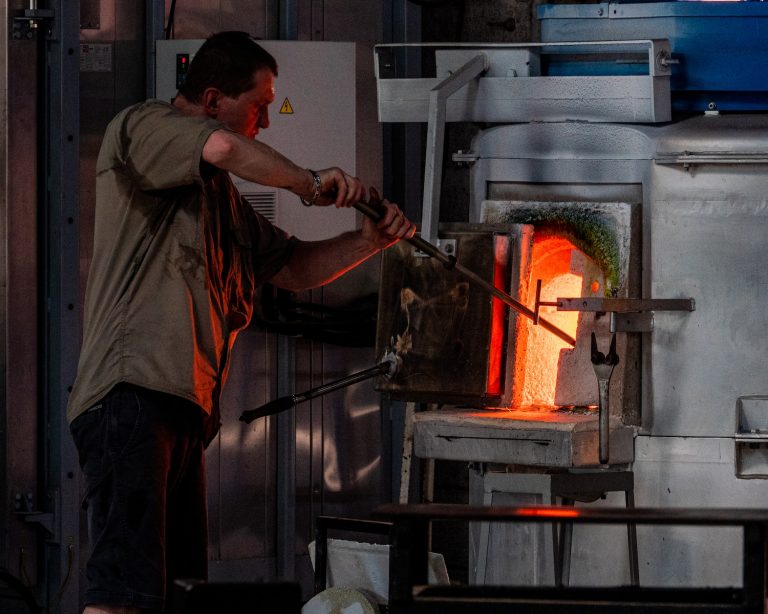A furnace is an essential component of any home’s heating system. It maintains comfortable temperatures during the winter months and ensures that we stay cozy and warm. However, just like any other appliance, furnaces have a limited lifespan, and eventually, they will need to be replaced. In this blog post, we will discuss the signs that indicate it’s time for furnace replacement, the factors you should consider before making this investment, and why professional installation is imperative.
Story Stages
Signs Your Furnace Needs Replacement
- Age: The average lifespan of a furnace is around 15-20 years. If your furnace has reached this age or has exceeded it, it’s time to start considering a replacement. Even if it’s still functioning, an aging furnace may become inefficient, leading to increased energy bills and discomfort.
- Increased heating bills: If you notice an upward trend in your heating bills, it’s an indication that your furnace is consuming more energy than it should. This could be due to reduced efficiency, repairs needed, or an aging furnace.
- Frequent Repairs: If you find yourself calling for repairs frequently, it’s likely that some of these repairs are adding up to significant costs that could be better spent on a new furnace. Inconsistent Temperatures: If you notice hot and cold spots around the house, your furnace may be struggling to distribute heat evenly.
- Noise: If your furnace is making unusual sounds or is louder than usual, it could indicate serious issues that could lead to expensive repairs.
- Decreased air quality: If you notice an increase in dust, mold, or dry air in the house, it could indicate a failing furnace. A new furnace will improve air quality, leading to a healthier living space.
Factors to Consider Before Replacement
When considering a furnace replacement, it’s important to factor in the following:
- Energy Efficiency: Modern furnaces are designed to be more energy-efficient compared to older models. Look for furnaces with higher AFUE (Annual Fuel Utilization Efficiency) ratings. A high-efficiency furnace can save you money on energy bills in the long run.
- Size and Capacity: The size and capacity of the furnace should be suitable for your home. A furnace that is too large or too small won’t heat your home effectively and can lead to increased energy bills.
- Cost: The initial cost of the furnace is a significant factor to consider. However, also consider long-term costs such as maintenance and energy bills.
- Warranty: A good warranty can save you a lot of money on repairs and replacements. Make sure to read and understand the terms of the warranty before making a purchase.
- Installation: Professional installation is crucial for the efficient and safe operation of the furnace. Always hire a licensed and experienced contractor.
- Brand Reputation: Go for brands that have a solid reputation for quality and reliability. You can check out online reviews and ratings for different brands.
- Type of Furnace: Decide between gas, electric, or oil furnaces based on the availability and cost of these fuels in your area. Each type has its pros and cons, which need to be taken into account.
- Environmental Impact: Consider the environmental impact of the furnace. High-efficiency furnaces that use less fuel and produce fewer emissions are a more environmentally friendly choice.
Remember, a furnace is a long-term investment that directly affects the comfort and safety of your home. Therefore, it’s worth taking the time to research and choose wisely.
Environmental Considerations
Modern, energy-efficient furnaces can significantly reduce your carbon footprint. By minimizing the amount of energy used to maintain comfortable homes, these furnaces contribute to environmental conservation. Energy-efficient models use less fossil fuel, reducing greenhouse gas emissions. Reducing your carbon footprint also contributes to reducing air pollution in your community. An efficient furnace will produce fewer harmful emissions, making the air cleaner and safer.
The Importance of Proper Installation
It’s essential to invest in professional installation when replacing your furnace. Proper installation can increase the furnace’s lifespan, increase efficiency, and ensure safety. A professional installation will guarantee that all safety standards and ventilation requirements are met.
An improperly installed furnace can lead to health hazards caused by improper ventilation and an increased risk of fire due to gas leaks. A skilled technician will provide you with sufficient knowledge, advise you on the best options for your home, and provide safe and effective installation.
Conclusion
In conclusion, replacing an old, inefficient furnace provides long-term benefits, including a safer and more energy-efficient home. Proper installation ensures that your furnace operates safely, efficiently, and is up to code. Energy-efficient options significantly reduce your carbon footprint and lead to cost savings, while at the same time being environmentally friendly.
As homeowners, it’s crucial to prioritize safety, efficiency, and professional guidance for a furnace replacement. Ensure that your furnace is operating correctly, so your investment maintains comfort and safety for years to come.
